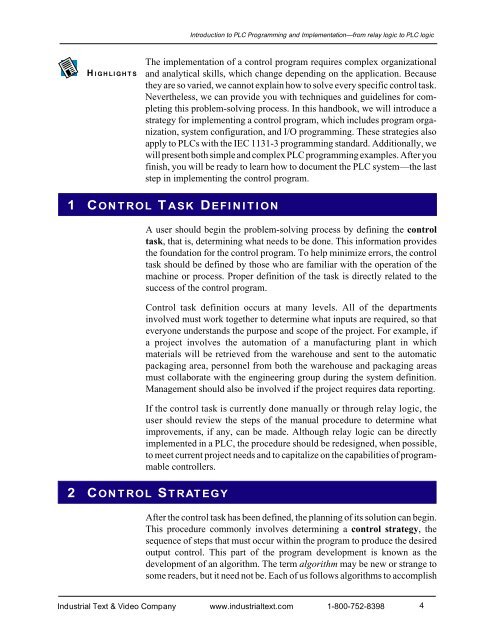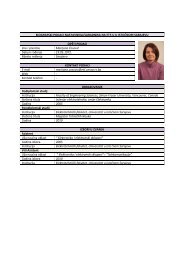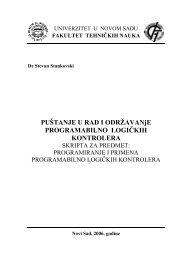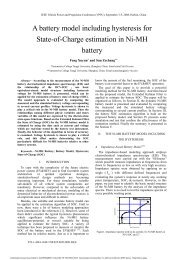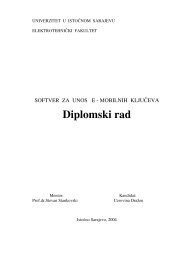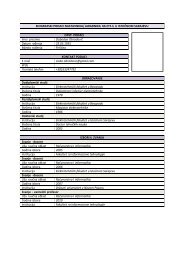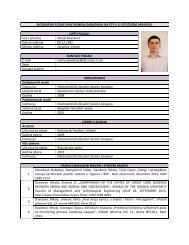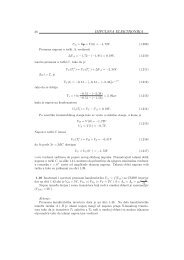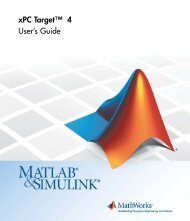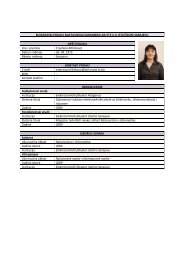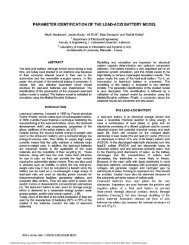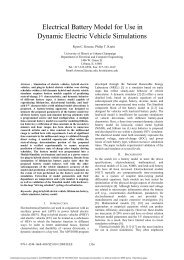Programmable Controllers: Theory and Implementation
Programmable Controllers: Theory and Implementation
Programmable Controllers: Theory and Implementation
- No tags were found...
Create successful ePaper yourself
Turn your PDF publications into a flip-book with our unique Google optimized e-Paper software.
Introduction to PLC Programming <strong>and</strong> <strong>Implementation</strong>—from relay logic to PLC logicHIGHLIGHTSThe implementation of a control program requires complex organizational<strong>and</strong> analytical skills, which change depending on the application. Becausethey are so varied, we cannot explain how to solve every specific control task.Nevertheless, we can provide you with techniques <strong>and</strong> guidelines for completingthis problem-solving process. In this h<strong>and</strong>book, we will introduce astrategy for implementing a control program, which includes program organization,system configuration, <strong>and</strong> I/O programming. These strategies alsoapply to PLCs with the IEC 1131-3 programming st<strong>and</strong>ard. Additionally, wewill present both simple <strong>and</strong> complex PLC programming examples. After youfinish, you will be ready to learn how to document the PLC system—the laststep in implementing the control program.1 CONTROL TASK DEFINITIONA user should begin the problem-solving process by defining the controltask, that is, determining what needs to be done. This information providesthe foundation for the control program. To help minimize errors, the controltask should be defined by those who are familiar with the operation of themachine or process. Proper definition of the task is directly related to thesuccess of the control program.Control task definition occurs at many levels. All of the departmentsinvolved must work together to determine what inputs are required, so thateveryone underst<strong>and</strong>s the purpose <strong>and</strong> scope of the project. For example, ifa project involves the automation of a manufacturing plant in whichmaterials will be retrieved from the warehouse <strong>and</strong> sent to the automaticpackaging area, personnel from both the warehouse <strong>and</strong> packaging areasmust collaborate with the engineering group during the system definition.Management should also be involved if the project requires data reporting.If the control task is currently done manually or through relay logic, theuser should review the steps of the manual procedure to determine whatimprovements, if any, can be made. Although relay logic can be directlyimplemented in a PLC, the procedure should be redesigned, when possible,to meet current project needs <strong>and</strong> to capitalize on the capabilities of programmablecontrollers.2 CONTROL STRATEGYAfter the control task has been defined, the planning of its solution can begin.This procedure commonly involves determining a control strategy, thesequence of steps that must occur within the program to produce the desiredoutput control. This part of the program development is known as thedevelopment of an algorithm. The term algorithm may be new or strange tosome readers, but it need not be. Each of us follows algorithms to accomplishIndustrial Text & Video Company www.industrialtext.com 1-800-752-83984


